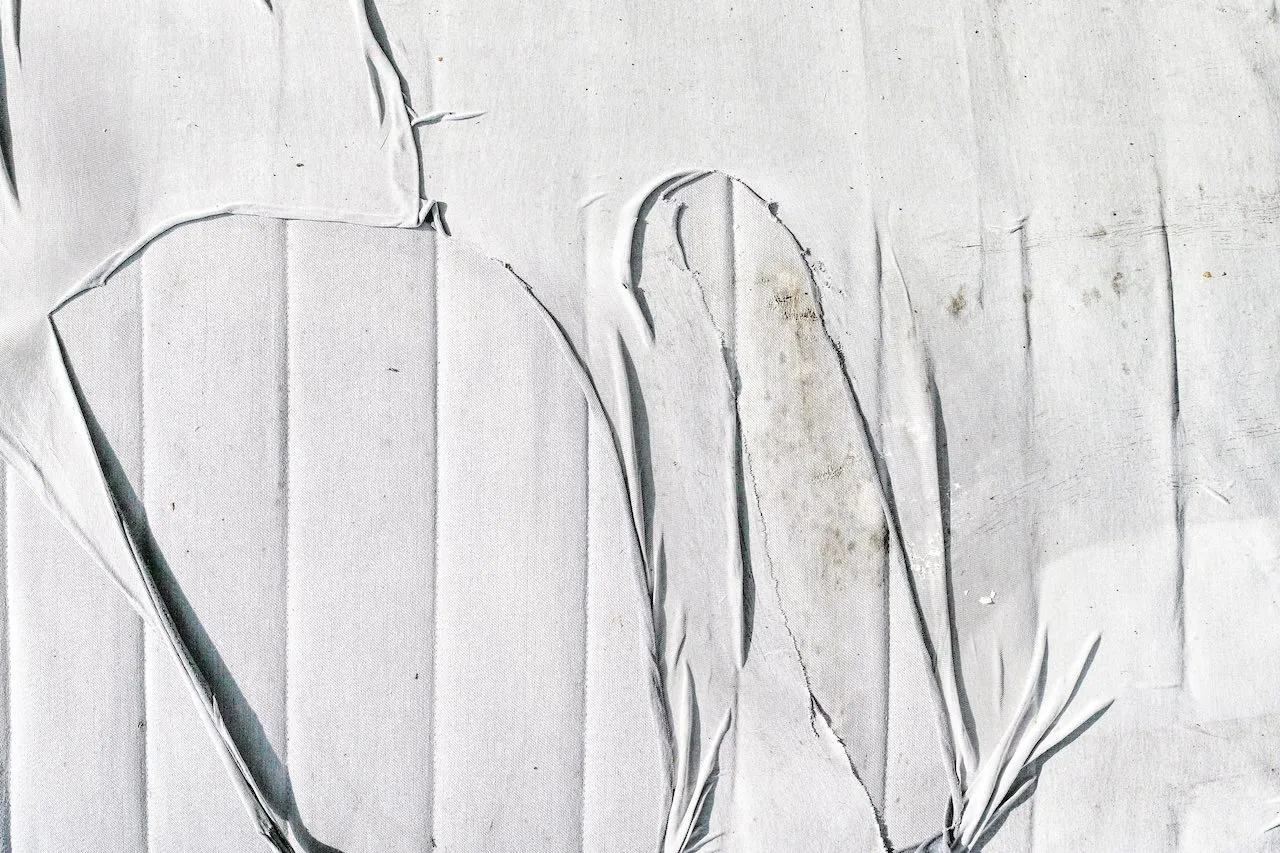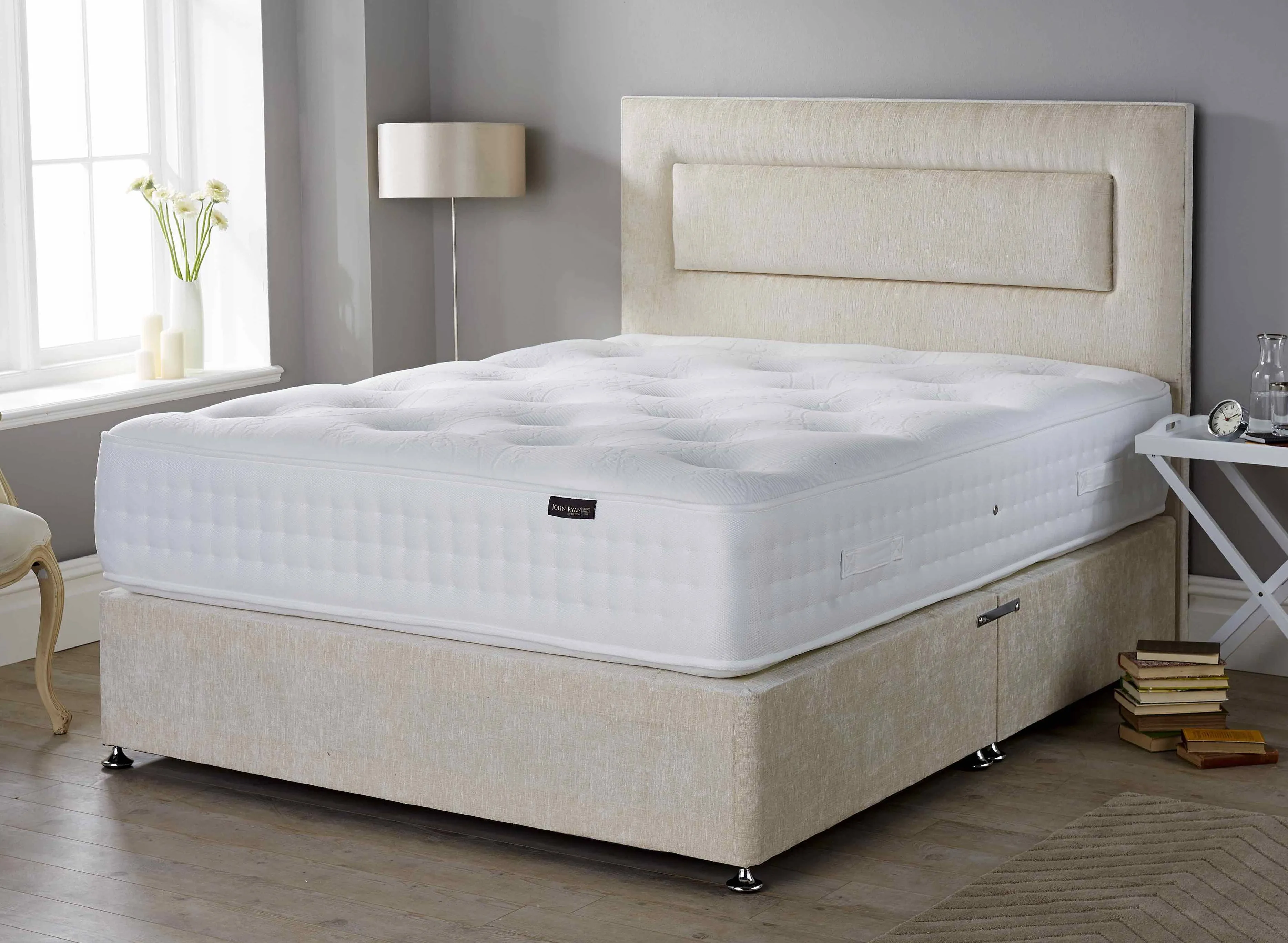Mattress Care
July 2020Mattress mould; Why it happens and how to treat it
When you think of mattresses, probably one of the last things to enter your mind is that of mould (also commonly spelt mold) and mildew. Yet there is an alarming number of people online who report that their mattresses are turning mouldy. This experience is usually confined to one-sided memory foam or boxed mattress models.
Mould growth is predominantly caused by humid environments, sweat, moisture or stains. Factor in that the human body perspires during sleep to cool down, and there are many other contributing factors, and you can understand how mould could grow. This guide will help you avoid mattress mould.

Why is my mattress mouldy?
Please note that no new mattress is constructed and sent out with mould. New mattresses are made in clean factory environments and then bagged and sealed before being sent out. The mouldy mattress phenomenon is always caused by environmental factors.
So what should you look out for?
- Humid bedroom environments cause mould
- Mattress kept directly on the floor
- How to fix a mouldy mattress
- How to stop your mattress getting mouldy
Mould needs a humid environment
Mould needs moisture, food and an optimum temperature in order to thrive or grow. The moisture could come from the water released by the human body during perspiration, and a humid room would encourage this even further. “Food” does not mean food in the literal sense, but rather materials such as cotton or even dead skin that’s found in a lot of mattresses. It is this combination of moisture and food that enables mould to develop. It’s entirely preventable with mattress maintenance and care.
Subsequently, mould spores thrive the most in temperatures between 21 and 30 degrees Celsius. Comfortable room temperature is around 20 degrees.

It is worth noting that mould spores are always present to some degree in the air, so a humid environment is what encourages growth. It’s this excess moisture that you need to combat. Drying clothes on radiators or clothes maidens in the bedroom should be avoided where possible.
An effective solution to a humid room is either consistent airing of the room or, if that’s not possible, purchase of a dehumidifier or air purifier. This will help to reduce any unnecessary moisture in the air and subsequently make it more difficult for dust mites and mould to grow.
Mould is caused by humidity in the bedroom
Ventilation and regular mattress maintenance can prevent it


Mattresses kept directly on the floor
You will often see the initial signs of mould on mattresses that are kept directly on the floor or on cheaper solid top bases. This is because the mattress underside gets zero ventilation, meaning that any moisture can build up leading to mould. This is also why some short-term rental properties end up with mattress mould, as mattresses can be left for months without any mattress maintenance or ventilation. It is the build-up of heat and moisture that then enables mould to thrive in this scenario.

How often have you stayed somewhere short term and thought ‘I’ll turn the mattress and open the window’? Probably not often! We always recommend you turn your mattress monthly, which should help keep any potential mould problems at bay. Remember, it’s only in rare cases of high humidity and lack of ventilation that mould takes hold.
What to do if your mattress develops mould?
If your mattress does develop mould, then there’s no need to panic; it can be removed by following the mattress maintenance steps below.
- You would first need to vacuum both sides of the mattress thoroughly. Even on a non-turnable mattress, it’s advisable to thoroughly vacuum both sides. Once you have done this ensure that you fully empty your vacuum in order to prevent any further spread of the mould.
- Using warm soapy water, deploy a circular motion to clean the affected area with a damp cloth. Ensure that you don’t soak the cloth that you’re using as this will only exacerbate the situation by adding further moisture to the area.
- Once this is done, allow as much air to the mattress as you can in order to let it dry and ventilate. The ideal way to do this is to allow direct sunlight to the mattress. If this can’t be done, just allow as much air as possible to it.
Mould on a mattress is a product of the environment in which it is kept and is not caused by the mattress itself.
How to prevent getting a mouldy mattress
If you have a mouldy mattress then the chances are that it’s been a lack of mattress maintenance that caused the mould. Mould can only exist where there is humidity, dust and warmth in the bedroom. These are all things which you can easily avoid with mattress care.
Mould thrives on organic matter and breaks it down, leading to mould growing and spreading. This is usually down to dust and dead skin. Also, if there is a high level of humidity and other organic compounds found then mould can appear on your mattress. This combination would cause any piece of furniture to develop mould and mildew.
We recommend that you rotate your mattress monthly not only to ensure even settlement, but to ensure there’s adequate airflow around the mattress. By doing this, you will highlight any potential mould issues as well as allowing the mattress to ventilate evenly: particularly where the mattress is on a solid top base. All of our mattresses have side handles, enabling much easier turning.
If you don’t turn your mattress frequently this can result in uneven settlement in your mattress, where lumps and bumps may form. This is because you’re not evening out the wear of the internal fibres of the mattress on both sides.
Ensuring that damp clothes/towels are not dried in the bedroom or near the bed will help too, and leaving a window open slightly to help air circulate is also recommended with any bed if there is humidity in the room. General hygiene, cleaning up spills and keeping bed linen clean and dry will also help prevent this.
- Ensure adequate airflow in your bedroom
- Avoid drying clothes in the bedroom
- Clean up spills ASAP on mattresses and beds
- Pull your covers back for an hour when you get out of bed to help it air

If you’re looking for more mattress help and advice why not check out our ultimate guide below, it could save you a fortune when you next buy a mattress.
Summary
Reducing humidity, such as drying clothes outside of the bedroom (if possible) and opening a window each morning, will greatly reduce the potential of mould occurring. If really advanced mould is found on your mattress then the best option is to replace the mattress. Mould spores can really impact your breathing and exacerbate asthma and other respiratory problems.
If you need help then please get in touch with us for a friendly chat on 0161 437 4419.

Dreaming of the perfect nights sleep?

Ask us a question
There are over 6000 questions and answers submitted by you on all questions about mattresses and bed problems. Enter a keyword such as Vi Spring, John Lewis beds, bad back or Memory Foam and see if your question has already been answered.
If you can’t find an answer in knowledge hub, ask a new question. We aim to respond to all questions within one working day.
Newsletter
Enter your email to join our newsletter. We’ll send you occasional news and mattress expertise.
